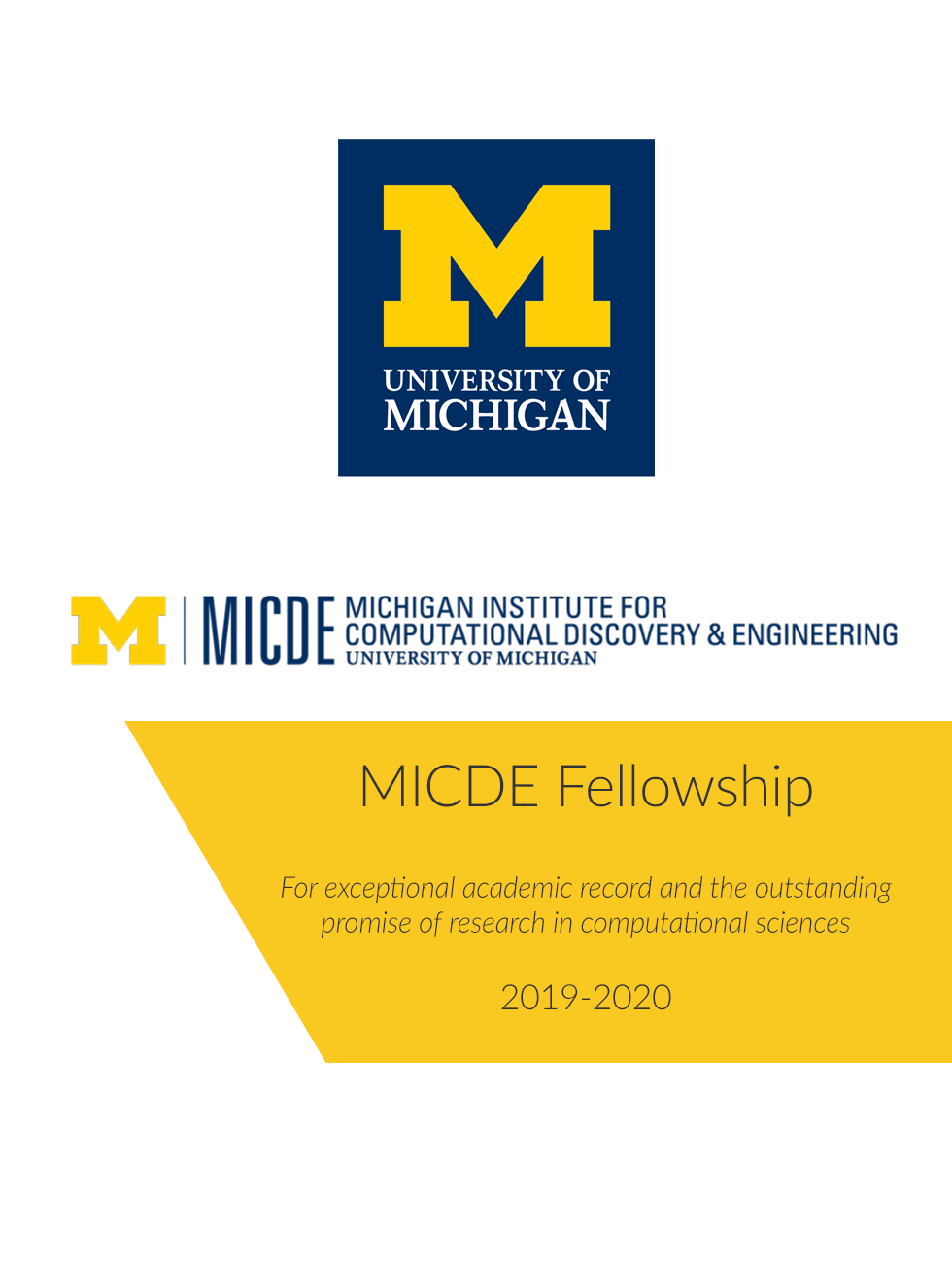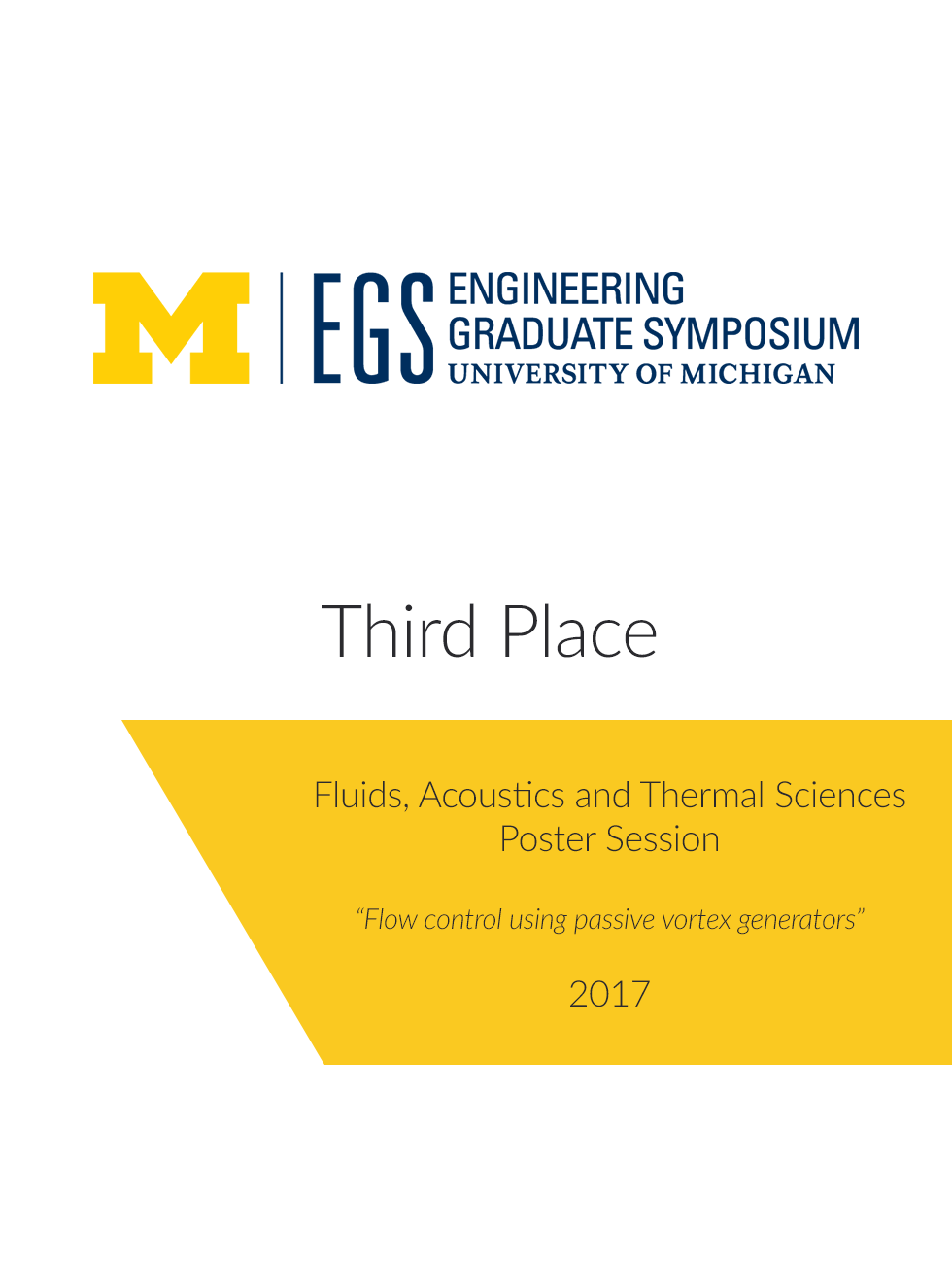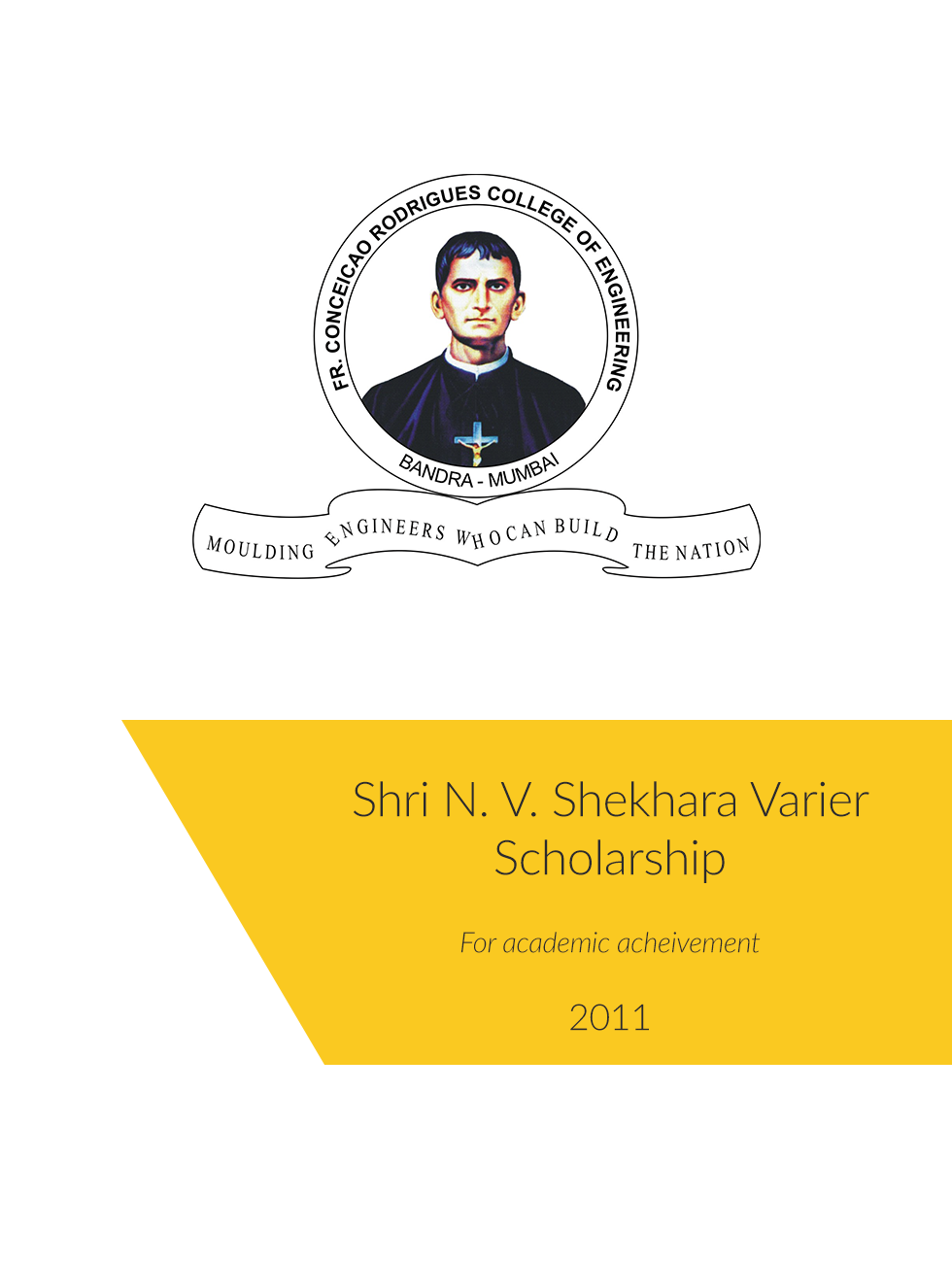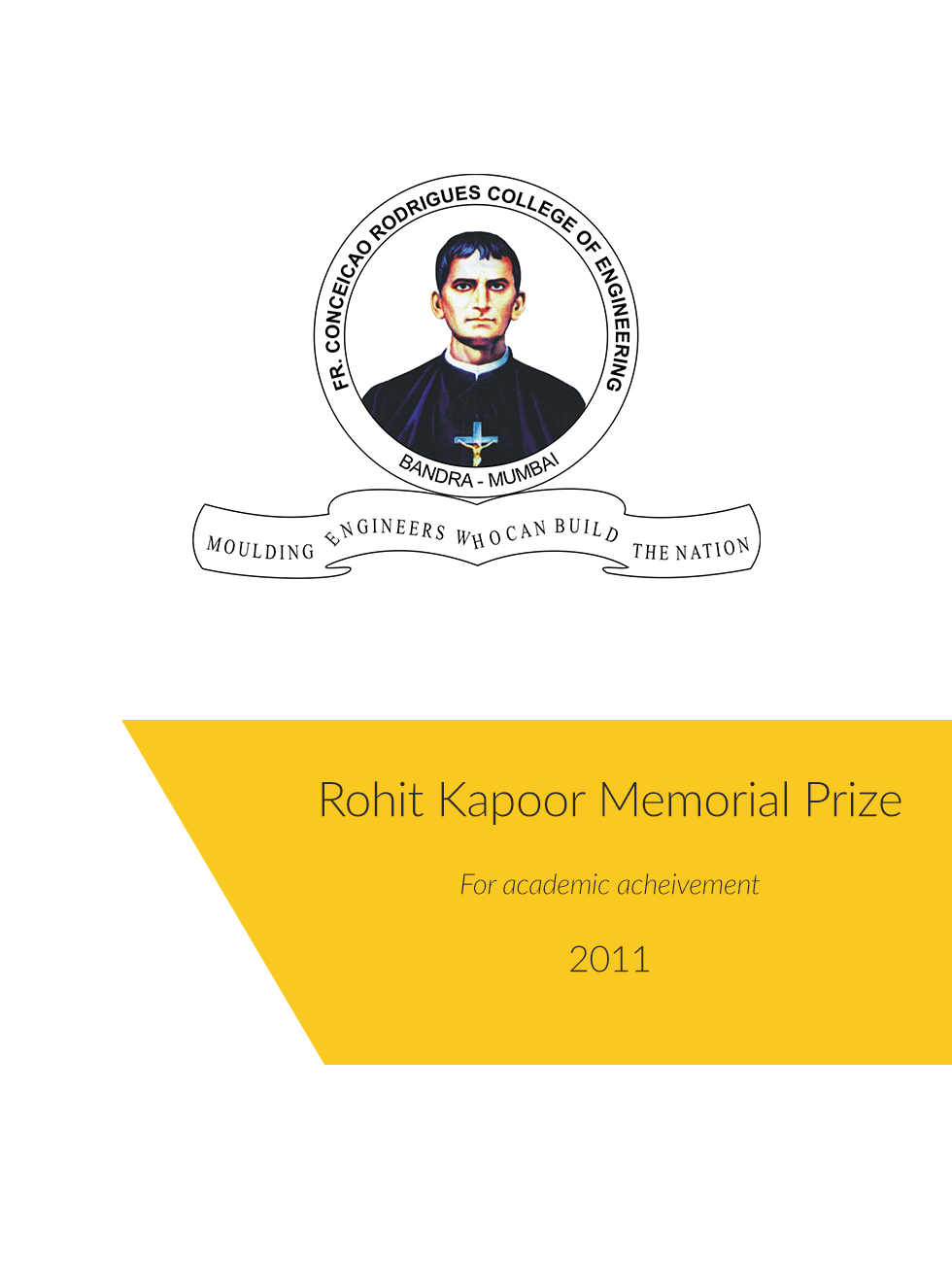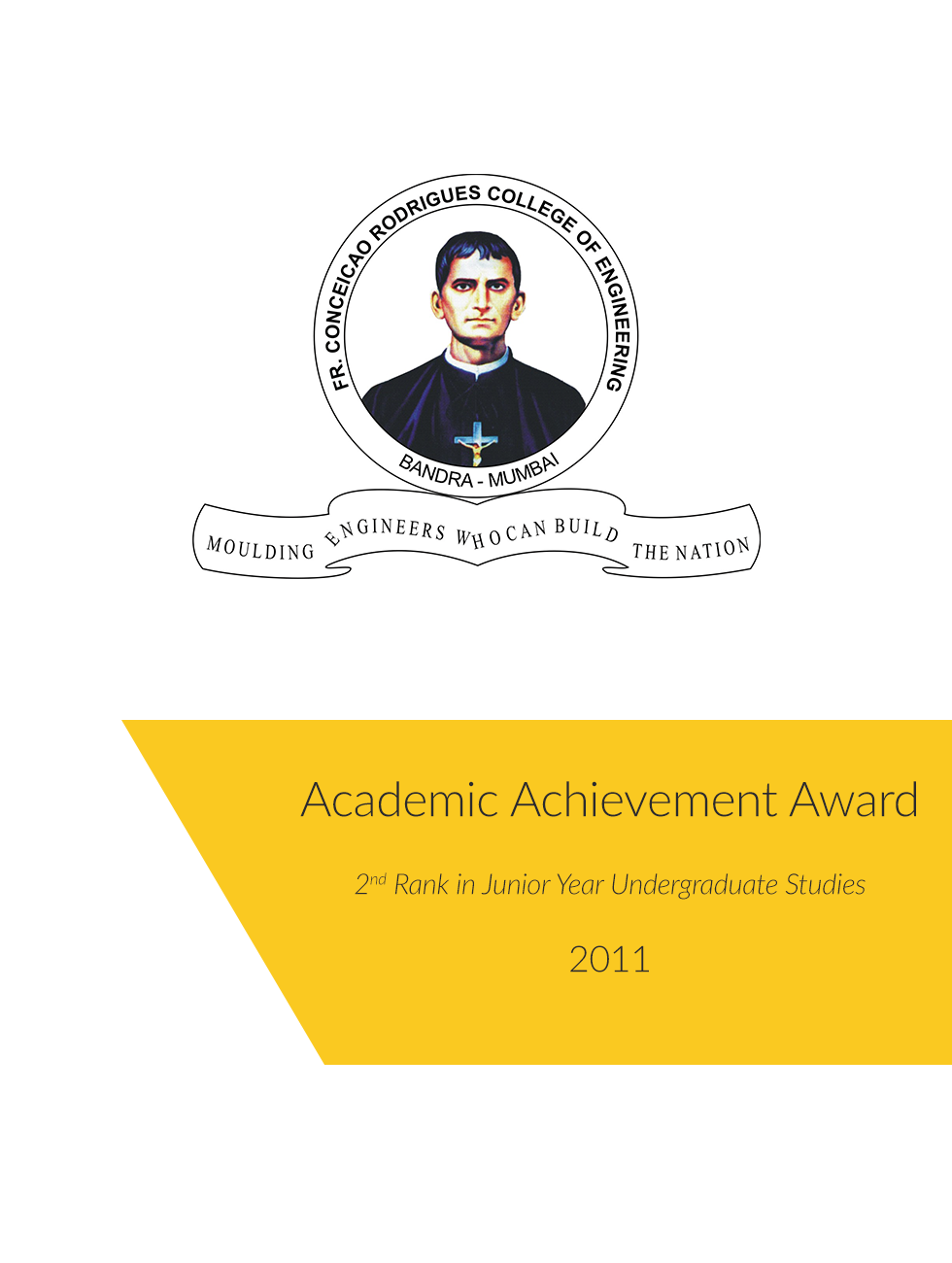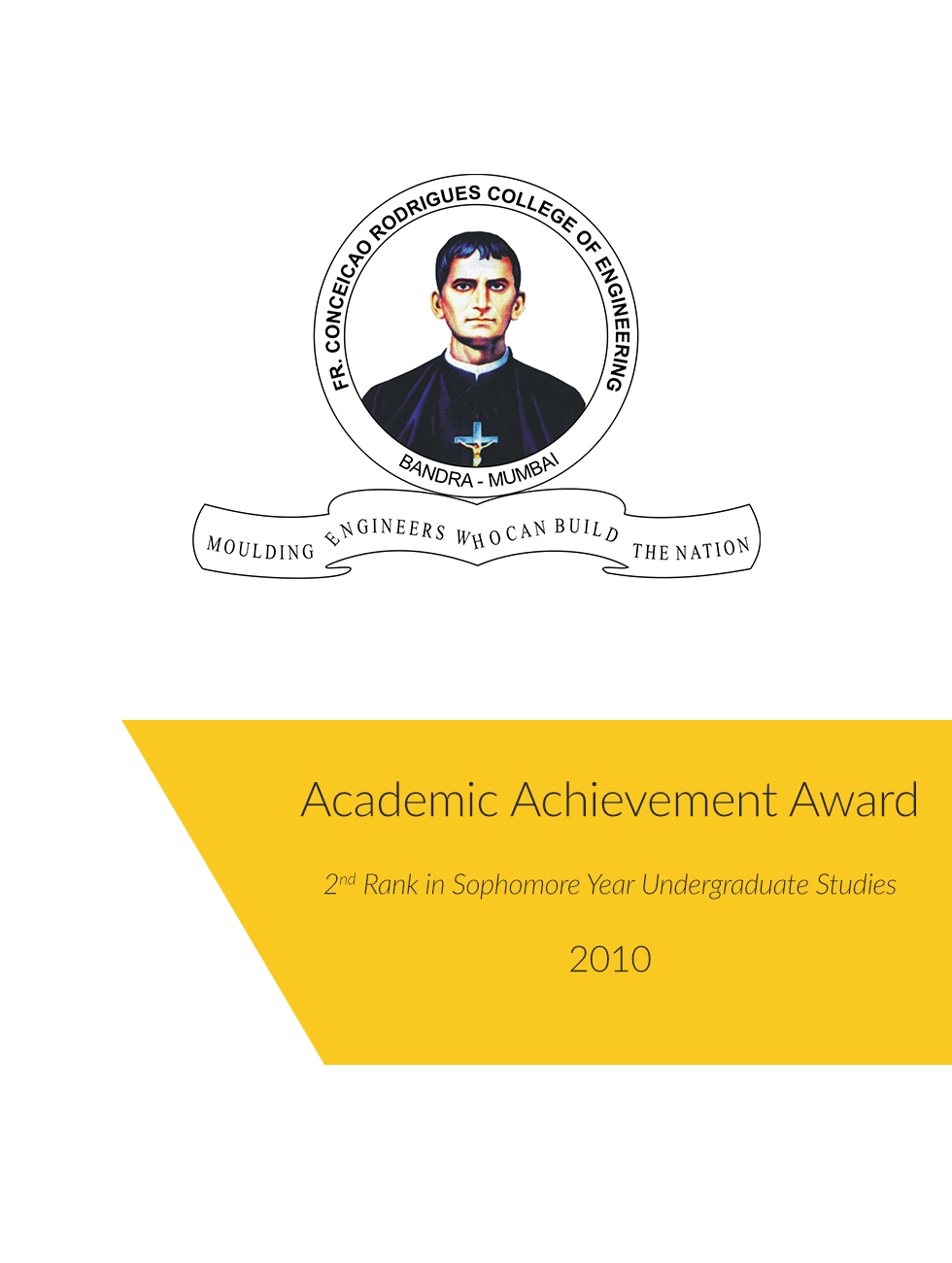
MTS Software System Design Eng., Advanced Micro Devices Inc.
Performance optimization
and tuning of scientific applications & libraries on next generation HPC hardware
I am a University of Michigan graduate with a Ph.D. in Mechanical Engineering and Scientific Computing (joint degree). I offer 5+ years of experience in research and development of GPU-accelerated numerical algorithms and applications in high-performance computing (HPC) fields within scientific computing and data analytics. I have domain expertise in computational physics, with a focus in areas related to fluid mechanics, turbulence modeling, and multiphase flows. My reseach interests lie in the intersection of:
Computational Physics
Emphasis on fluid dynamics of complex flow problems that include turbulent boundary layers, flow modulation and separation control, turbulent mixing and similar flow set ups.
Numerical Modeling
Develop and use high-order numerical methods based on discontinuous approaches for complex high-speed and/or high-energy flows with shocks and discontinuities.
High-Performance Computing
Develop high-order numerical models with large-scale compute capabilities on emerging HPC architectures, with a focus on performance and stack protability of the code.
Need more info ? Check my research work :
My ResearchYear 2020 in Review
2020 required changing our conventional ways to more creative and out-of-the-box approaches. Virtual meets and greets became the norm. I defended my Ph.D. in Summer 2020 virtually on Zoom, attended conferences and workshops in a virtual setting, rejoiced watching my cousin getting married on screen, interviewed for full-time positions on MS Teams, and started my new position remotely.
Virtual Conferences
& Workshops
Conference Proceedings
@ AIAA Aviation & SC20
Journal Article
in Review
Additional Background on Education and Professional Experience
Educational Background
I have a broad educational background spanning the fundamentals of engineering to the depths of scientific computing.
Ph.D. Mechanical Engineering
2016-2020Mechanical Mengineering, University of Michigan
Thesis Title: Large-Scale Simulations of Complex Turbulent Flows: Modulation of Turbulent Boundary Layer Separation and
Optimization of Discontinuous Galerkin Methods for Next-Generation HPC Platforms.
This ressearch explores topics related to Turbulent boundary layers, Large-eddy simulations, passive flow control, discontinuous
Galerkin methods, extreme-scale computations, arithmetic intensity and power-performance balance.
Thesis Advisor: Dr. Eric Johnsen

Ph.D. Scientific Computing (Joint Degree)
2017-2020Michigan Institute for Computational Discovery and Engineering (MICDE), University of Michigan
This program is intended for students who will make extensive use of large-scale computation, computational methods, or algorithms for advanced computer architectures in their doctoral studies.
Details +
M.S. Mathematics
2018-2020Mathematics, University of Michigan
I graduated from the Applied Mathematics Program with concentration in topics related to partial differential equations, numerical methods and analysis, and scientific computing.
Details +
M.S.E Mechanical Engineering
2014-2015Mechanical Mengineering, University of Michigan
Masters Thesis Title: Large-Eddy Simulations of Flow Over A Backward-Facing Ramp With Vortex Generators.
This ressearch explores the separation of flow over a backward-facing ramp with a mean turbulent boundary layer
as inflow with no turbulent fluctuations. We reduced the
separated region by employing passive vortex generators.
This study used the Large-Eddy Simulations approach.
Graduate Certificate: Computational Discovery and Engineering, MICDE, 2015

B.E. Production Engineering
2008-2012Fr. Conceicao Rodrigues College of Engineering, University of Mumbai
I majored in Production Engineering with focus on tooling, manufacturing technologies and design of machining systems and tools.
Details +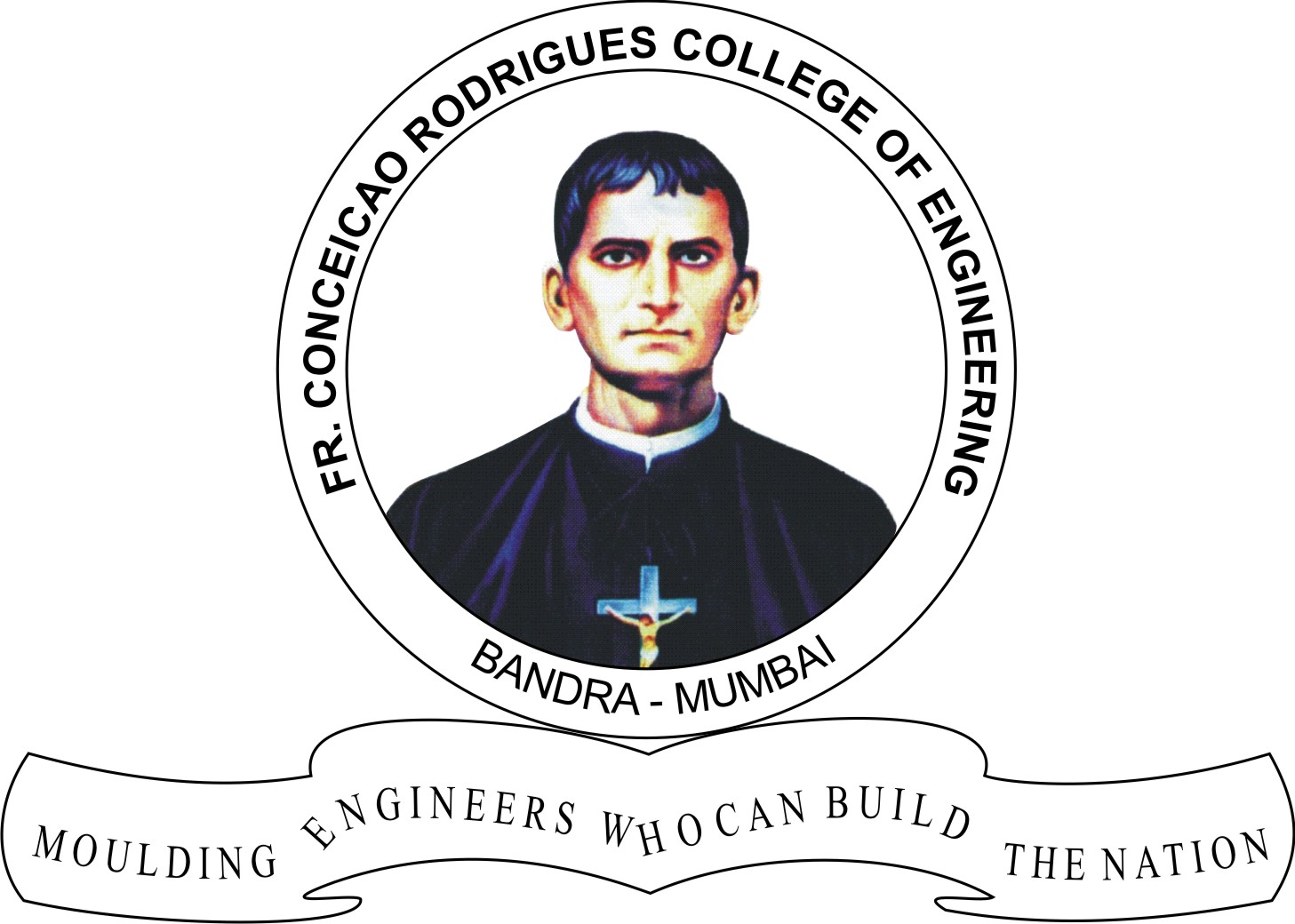
Professional and Leadership Roles
Work Experience
Need more info ? Feel free to connect with me :
Get In Touch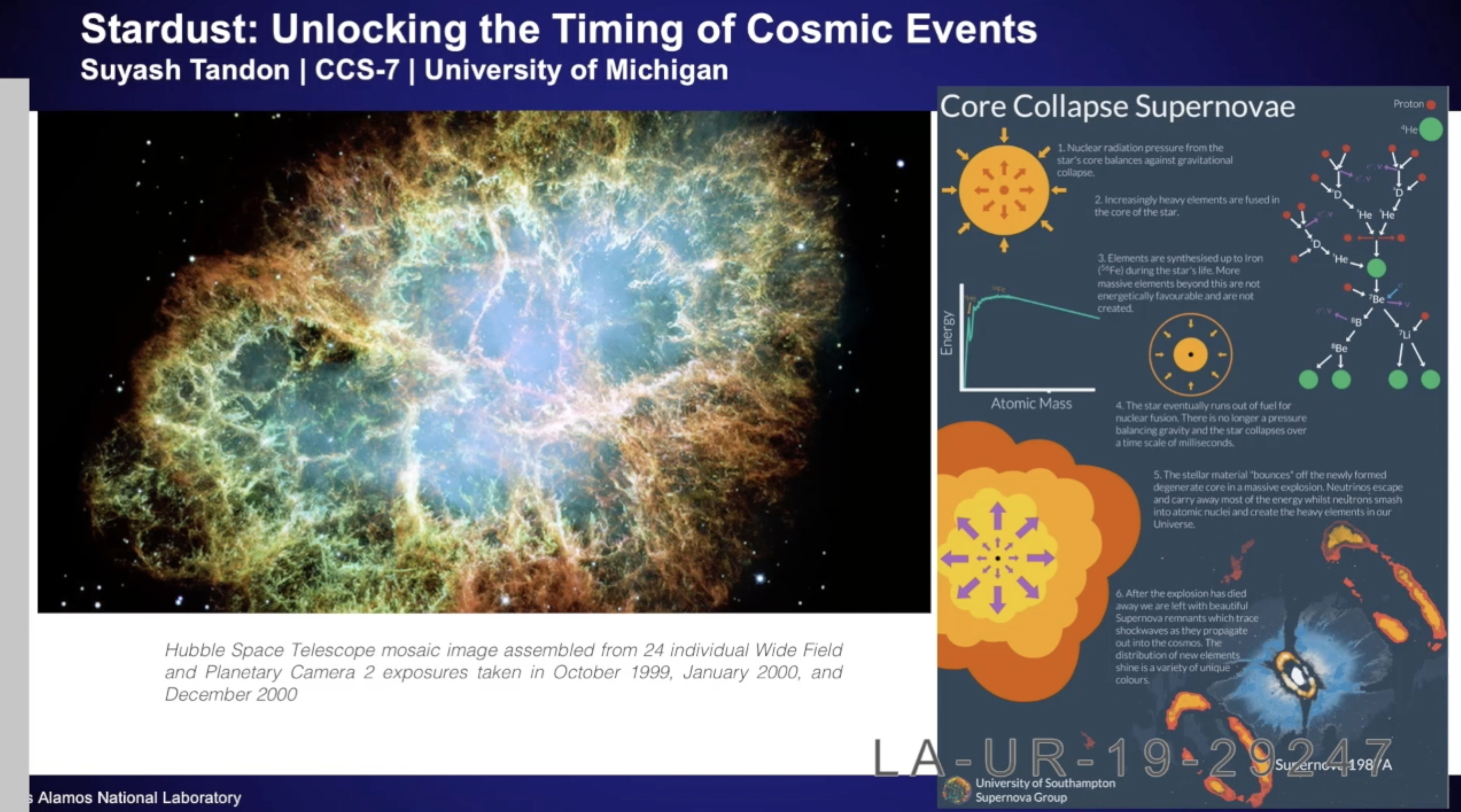
My Featured Presentation
Dust is everywhere – not just in your attic or under your bed, but also in outer space. To some astronomers, dust can be annoying as it blocks the light of distant stars, but to others it can be a tool to study the history of our universe, galaxy, and Solar System. For example, astronomers have been trying to explain why some recently discovered distant, but young, galaxies contain massive amounts of dust. These observations indicate that type II supernovae – explosions of stars more than ten times as massive as the Sun – produce copious amounts of dust, but how and when they do so is not well understood. Large-scale numerical simulations of core-collapse simulations enable us to understand and uncover such complex phenomenons.
Lightning Talks: Intern Presentations | Los Alamos National Laboratory
Summer 2019 | LA-UR-19-29247
My Research &
Scientific Computing
Skills
The skills in this section are rated based on number of years of experience evaluated over an interval of last ten years. For example, a skill rated as 50% reflects 5 years of experience in the last 10 years.
Scientific Programming
Programming knowledge that helps in numerical modeling and developmentC/C++
CUDA/MPI/OpenMP
Git/Bash
CFD Tools, Modeling and Simulations
Flow solvers and utilities for numerical studyDesign and Graphics
Creative design and visualization utilities/applicationsAdobe Illustrator/InDesign
Paraview/Gmsh
Honors & Awards
Academic and co-curricular achievements


